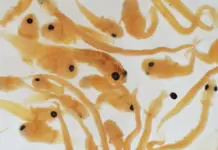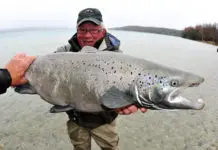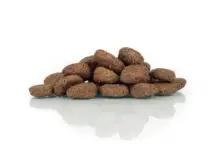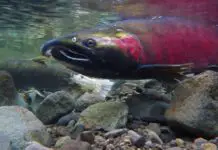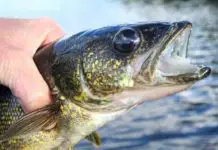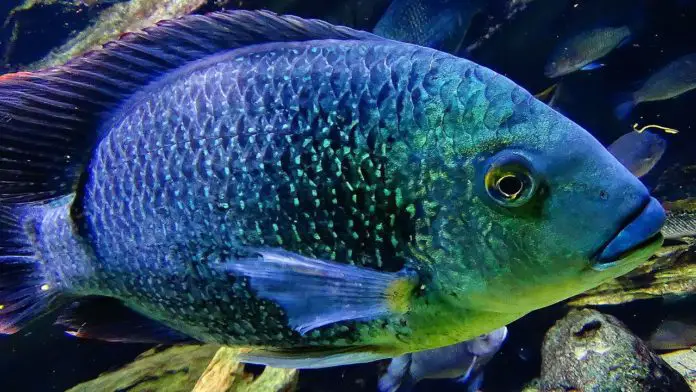
Norway: NIFES has analysed the content of drug residues and other undesirable substances in farmed fish. No residues of illegal drugs were found in samples of farmed fish, and the level of approved drugs and other undesirable substances was below internationally accepted limits in all species of farmed fish investigated.
NIFES`s surveillance activities document good seafood safety with respect to drug residues and other undesirable s in farmed fish.
On behalf of the Norwegian Food Safety Authority, the National Institute for Nutrition and Seafood Research (NIFES) has, under its surveillance programme for monitoring undesirable substances in farmed fish, examined the level of illegal drug residues, legally used veterinary medicines and other undesirable substances in Norwegian farmed fish. The following species were included in the surveillance programme: salmon, trout, rainbow trout, Arctic char, turbot, halibut, cod and pollack. The analyses were done on individual or pooled samples of a total of 12676 farmed fish harvested in 2009. The Norwegian Food Safety Authority was responsible for the sampling plan and the collection of samples. Samples harvested in 2009 from an extended monitoring of delousing agents in farmed fish are also included in this report.
No findings of illegal drug residues
Samples of fillets of farmed fish were taken on site by official inspectors and analysed for residues of illegal drugs. As in previous years, there were no findings of illegal drug residues in the samples of farmed fish analysed.
Approved veterinary drugs
Use of delousing agents in fish farming has recently gained much attention, and NIFES has previously published preliminary data from these analyses.
To determine the levels of approved veterinary drugs, analyses were carried out on samples of fillets taken from fish in harvesting or packing plants. As in previous years, the levels of approved veterinary drugs were below internationally established Maximum Residue Limits (MRL) in all samples examined.
A number of approved substances can be used to treat sea lice infection in farmed fish. In 2009 sample material taken from 910 fish (salmon, rainbow trout, trout, halibut and cod) was analysed for six different delousing agents: cypermethrin, deltamethrin, diflubenzuron, emamectin benzoate, ivermectin and teflubenzuron. Recently, the two delousing agents diflubenzuron and teflubenzuron have gained attention. Sample material taken from a total of 330 fish, mainly salmon, was analysed for these two delousing agents. No residues of diflubenzuron or teflubenzuron were found in any of the samples examined using methods that can identify very small concentrations, i.e. 1% of internationally accepted MRL values. Nor were there any detection of residues of the delousing agents cypermethrin, deltamethrin or ivermectin.
Emamectin benzoate is a delousing agent that is added to the fish feed. Residues of emamectin benzoate was found in 1 out of 79 samples analysed, but the concentration was low (approximately 13 μg/kilo wet weight), corresponding to 13% of the applicable EU MRL value of 100 μg/kilo wet weight for fillets. Residues of emamectin benzoate were also found in some samples of farmed salmon in 2008, but the concentrations were found to be low, the highest being 9.1 μg/kilo wet weight, corresponding to less than 10% of the applicable MRL value.
Undesirable substances
To a great extent, the level of contaminants in farmed fish fillets reflects the feed that is given to the fish. EU and Norway has set upper limit values for a number of undesirable substances in fish. Samples of farmed fish have been analysed for organic and inorganic undesirable substances, and also for selected additives which are added to fish feeds.
The figures for 2009 show that the levels of contaminants in farmed fish fillets are low compared with the EU’s upper limits for these contaminants where such limits exist. Dioxins and dioxin-like PCBs are fat soluble environmental pollutants which are found in fatty fish. Mercury is an environmental pollutant which is absorbed and stored in both fatty and low fat fish. In order to maintain food safety, it is important to monitor the level of these substances in fish for consumption. None of the samples analysed contained levels of dioxins, dioxin-like PCBs or mercury close to the EU’s upper limit values for these substances. The average level of mercury in all of the samples analysed was slightly less than 1/10 of the EU’s upper limit for mercury in fish filets, while the total content of dioxins and dioxin-like PCBs was slightly above 1/10 of the EU’s upper limit for these compounds.
Related articles
Status report on the levels of undesirable substances and drug residues in farmed fish
Facts about undesirable substances
Contact:
Bjørn Tore Lunestad, Surveillance Research Programme
E-mail: blu@nifes.no
Telephone: +4797596245























